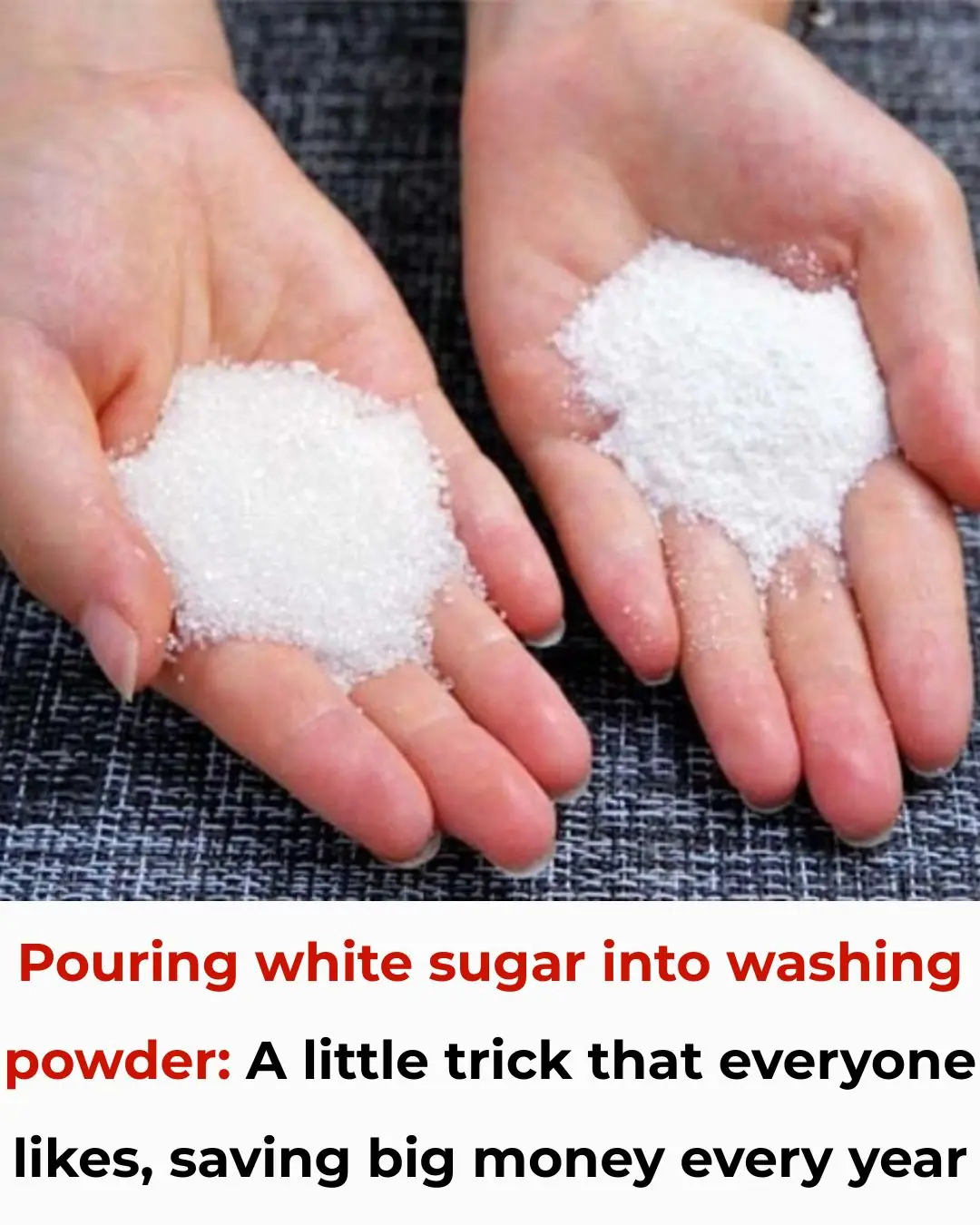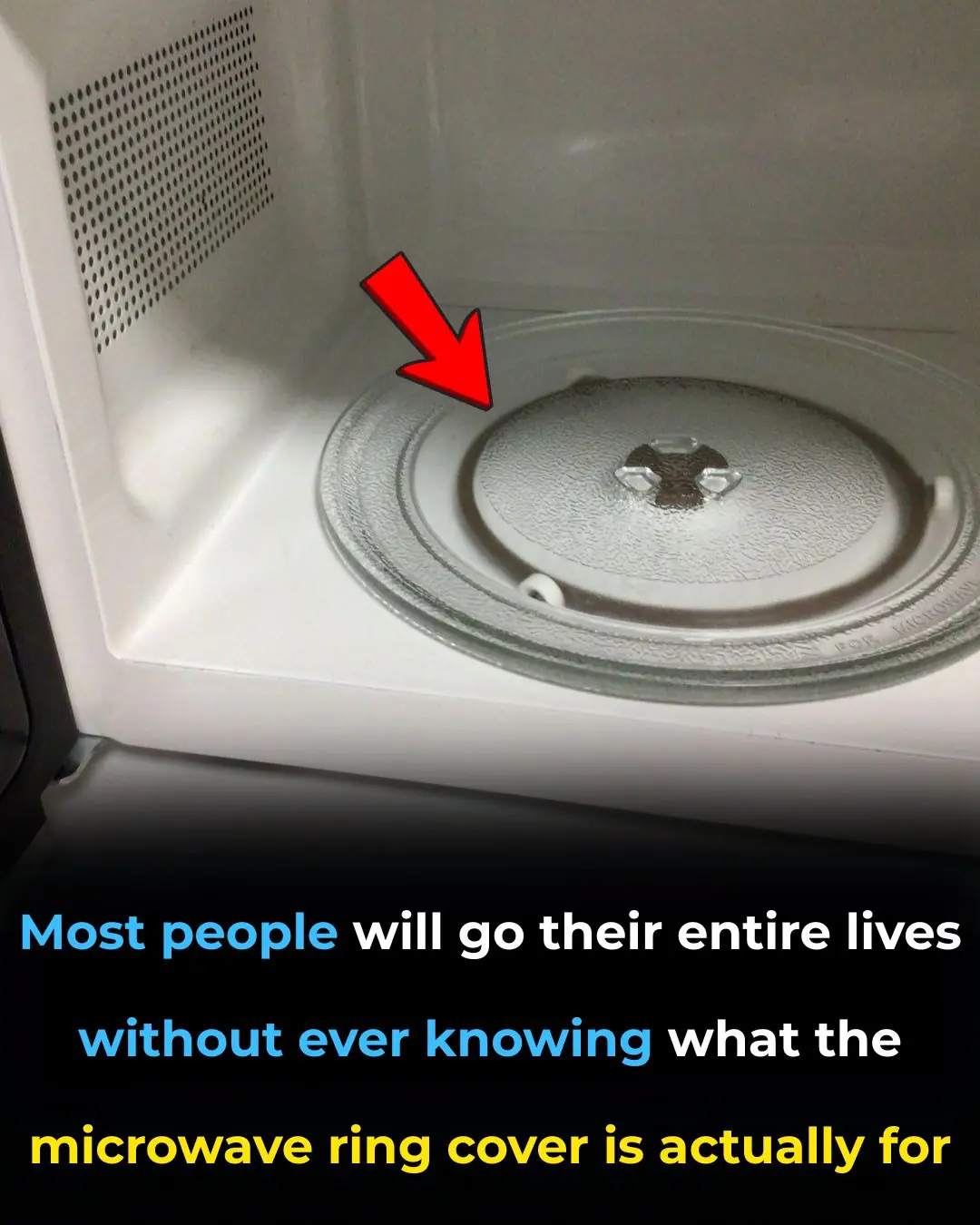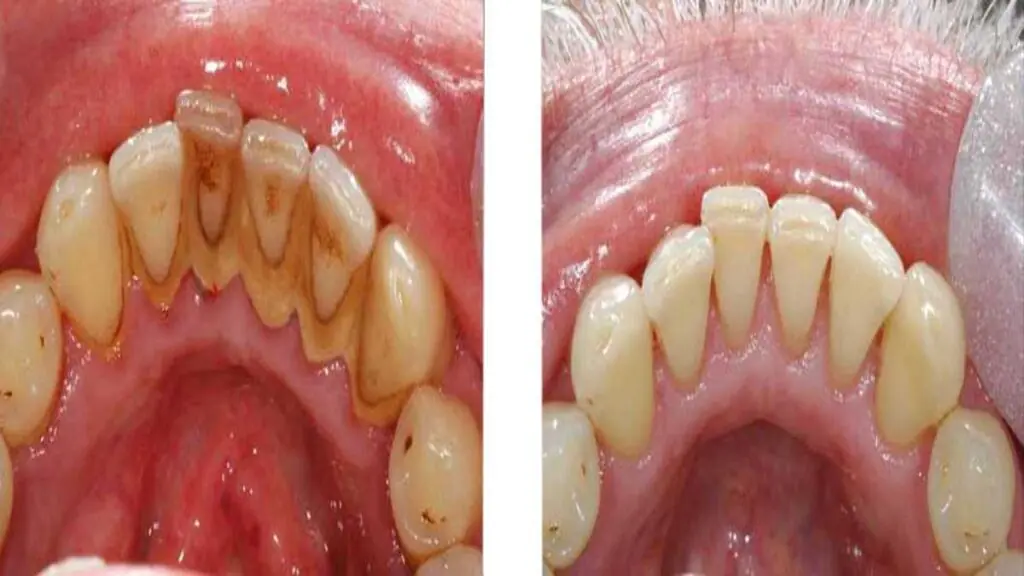
Most people will never know
Pen caps are everywhere in our daily lives, yet most of us rarely pause to consider the small hole at the top of many caps. This tiny feature might seem insignificant, but it serves several important functions. The question of why pen caps have holes may never have crossed your mind—but it’s actually a fascinating topic that combines safety, design, and functionality. Let’s explore the reasons behind this clever design choice.
The History and Evolution of Pen Caps
Pen caps have evolved alongside writing instruments. Early pens, like quills and dip pens, didn’t need caps. But with the invention of fountain pens and later ballpoint pens, protective caps became essential. Initially, caps simply prevented ink from drying out and protected the pen’s tip.
As pens became more widely used and mass-produced, manufacturers began refining cap designs, introducing features that we now consider standard, such as clips, pressure vents, and the small hole at the top.
Modern Pen Caps: Function Meets Design
Today, pen caps are designed with multiple purposes:
-
Protecting the pen tip from damage or drying out
-
Preventing ink leakage
-
Providing portability through integrated clips
Among these features, the small hole at the top of many pen caps is particularly interesting. It’s a thoughtful design element that addresses safety, performance, and even cost-efficiency.
Top Reasons Why Pen Caps Have Holes
1. Safety and Choking Prevention
One of the primary reasons for the hole is safety. Pen caps are small and can pose a choking hazard, especially for children. The hole allows air to pass through if a cap is accidentally swallowed, reducing the risk of suffocation. This safety feature is now a standard in pen design, guided by regulations to prevent choking incidents.
2. Pressure Equalization and Ink Flow
Changes in temperature or altitude can cause pressure to build up inside a capped pen, potentially leading to ink leaks or inconsistent flow. The hole at the top of the cap allows air to move in and out, equalizing pressure and ensuring smooth, reliable writing.
3. Manufacturing and Cost Efficiency
From a production standpoint, adding a hole can reduce material usage, saving plastic and cutting costs. It also simplifies the molding process, making it easier to mass-produce pen caps efficiently.
4. Aesthetic and Design Considerations
Beyond function, the hole can enhance a pen’s visual appeal. Some manufacturers use it as a subtle design element, giving pens a modern, sleek look or even as a recognizable branding feature.
Misconceptions About Pen Cap Holes
Despite their importance, many people are unaware of the reasons for these holes. Some think they are purely decorative or meaningless. In reality, they are a carefully considered design choice that combines safety, functionality, and cost-effectiveness.
Conclusion: Appreciating the Thought Behind Pen Caps
In conclusion, the tiny hole at the top of a pen cap is far more than a trivial detail. From preventing choking to ensuring consistent ink flow and reducing production costs, this small feature reflects the thoughtful engineering that goes into everyday objects. Next time you pick up a pen, you might notice—and appreciate—this subtle but essential design element.
News in the same category


Tips If You Accidentally Add Too Much Salt While Cooking

Most do this wrong. 10 foods you’re storing in the wrong container

My nana taught me this hack to deodorize trash cans in 2 mins with 0 work. Here’s how it works

Why You Should Sprinkle Salt on Your Gas Stove — The Surprisingly Powerful Cleaning Trick Everyone’s Talking About

Why You Shouldn’t Pour Hot Water into the Kitchen Sink

Moldy and Damp Walls? Try These Simple, Budget-Friendly Tricks — Clean and Fresh in Just Minutes

Pour White Sugar into Laundry Detergent: A Simple Household Trick That Saves You Money Every Year

I was totally in the dark on this!

You are doing it all wrong. Here's the right way to clean your oven

My nana taught me this hack to make cloudy glasses sparkle in 2 mins with 0 work. Here’s how it works

You are doing it all wrong. Here's the right way to store produce

7 Ways to Repurpose Eggshells for a Greener Home and Garden

🌿 Add a Few Drops of Medicated Oil to Garlic — The Brilliant Household Trick Everyone Loves!

Did You Know That If These Arrive At Your House It Is a SIGN

Put a cotton ball with VapoRub in your ear & get this remarkable effect

7 foods to prevent premature gray hair, supplement every day to quickly grow long, black and shiny hair

Why do smart people never keep hot and cold water dispensers in the house? The reason is very reasonable

Using 1 fruit in this way, the whole body will be cleansed without any trace, and will never dare to return
News Post

🔊 Hearing Loss: What Really Helps — And What Doesn’t

Health officials issue warning over ‘very contagious’ disease spreading across US state

Tips If You Accidentally Add Too Much Salt While Cooking

🫁 1 Cup to Cleanse Your Lungs of Phlegm and Toxins Naturally

🧠 Nerve Damage? The 6 Best Essential Oils to Help Repair and Soothe Your Nerves

🦷 The #1 Best Remedy for Dental Plaque and Tartar Buildup (Dentist-Approved Home Method)

10 Proven Ways to Lower Uric Acid Naturally (Backed by Science)

Three Traditional Foods That Help Menopausal Women Stay Youthful and Balanced

How to Drink Honey Water Properly: Surprising Benefits, Best Times, and Who Should Avoid It

Most do this wrong. 10 foods you’re storing in the wrong container

My nana taught me this hack to deodorize trash cans in 2 mins with 0 work. Here’s how it works

Why You Should Sprinkle Salt on Your Gas Stove — The Surprisingly Powerful Cleaning Trick Everyone’s Talking About

Taylor Swift reportedly beefs up security by $2M as she steers clear of spotlight at Travis Kelce’s games

Why You Shouldn’t Pour Hot Water into the Kitchen Sink

Moldy and Damp Walls? Try These Simple, Budget-Friendly Tricks — Clean and Fresh in Just Minutes

Pour White Sugar into Laundry Detergent: A Simple Household Trick That Saves You Money Every Year

How Zohran Mamdani’s aloof wife, Rama Duwaji, quietly steered his campaign from behind the scenes

Emmerdale fans spark 'recast' concern as Archie Breckle returns to the village
